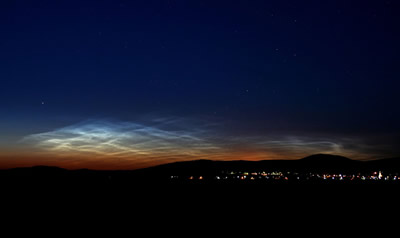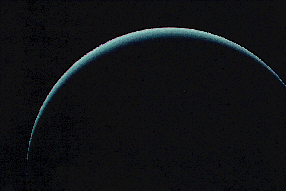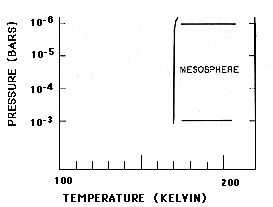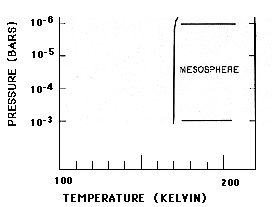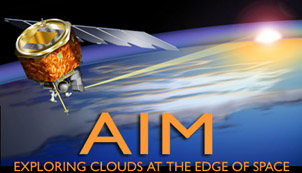This picture explains about the mesosphere. The mesosphere is a layer of Earth's atmosphere. It starts about 50 km (31 miles) above the ground and goes all the way up to 85 km (53 miles) high. The layer below it is called the stratosphere. The layer above it is the thermosphere. The border between the mesosphere and the thermosphere is called the mesopause. Most meteors burn up in the mesosphere. A type of lightning called sprites sometimes appears in the mesosphere above thunderstorms. Strange, high-altitude clouds called noctilucent clouds sometimes form in this layer near the North and South Poles. It is not easy to study the mesosphere directly. Weather balloons can't fly high enough and satellites can't orbit low enough. Scientists use sounding rockets to study the mesosphere. The top of the mesosphere is the coldest part of the atmosphere. It can get down to -90° C (-130° F) there! As you go higher in the mesosphere, the air gets colder.
Click on image for full size
Original artwork by Windows to the Universe staff (Randy Russell).
Click on image for full size
Original artwork by Windows to the Universe staff (Randy Russell).
The Mesosphere
The mesosphere is the third layer in the atmosphere. The temperature drops when you go higher, like it does in the troposphere. It can get down to -90°C in the mesosphere. That's the coldest part of the atmosphere!
The start of the mesosphere is on top of the stratosphere.
Last modified July 17, 2008 by Randy Russell.







